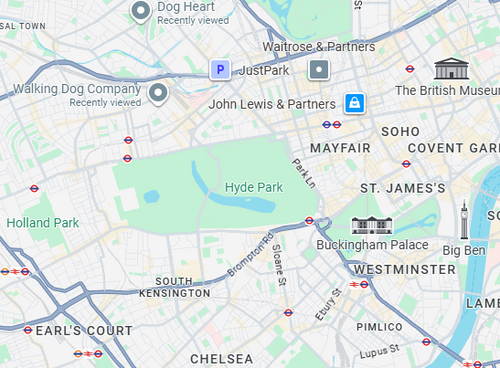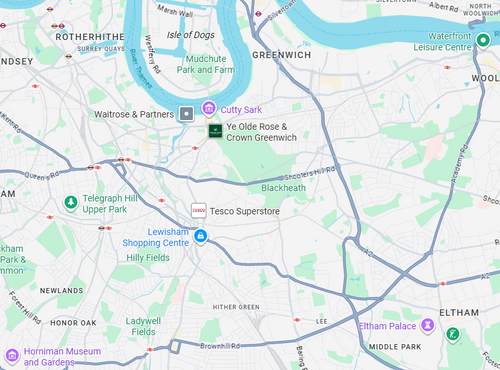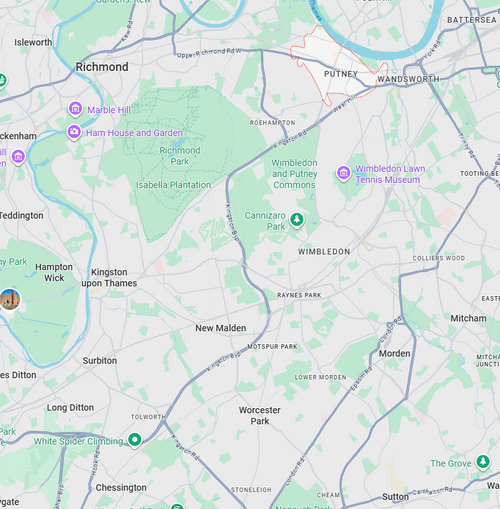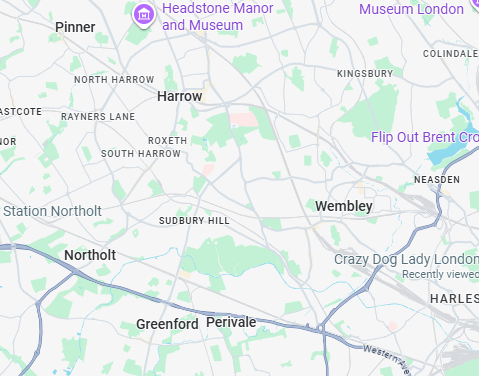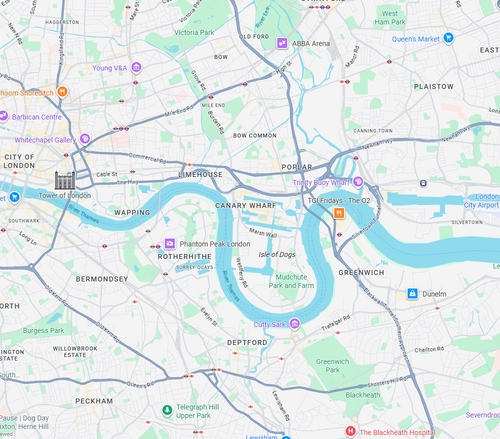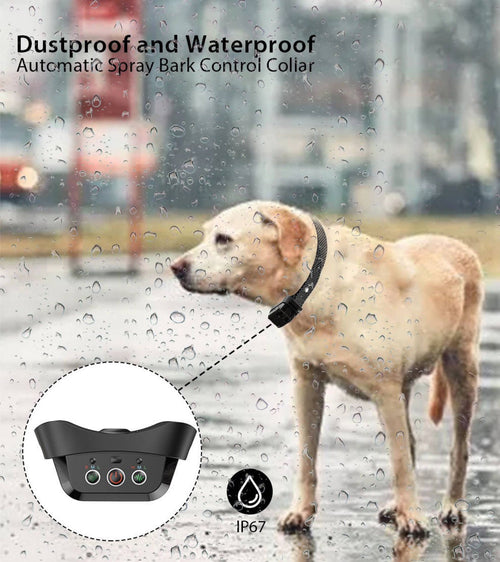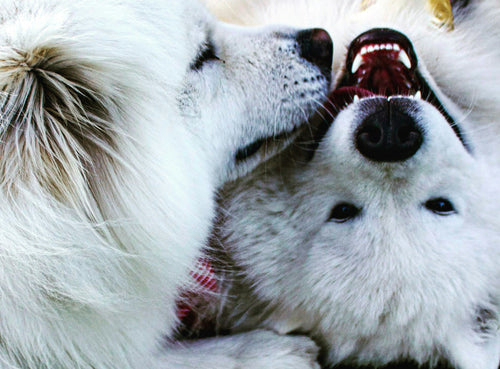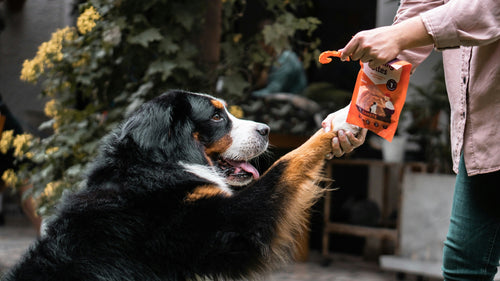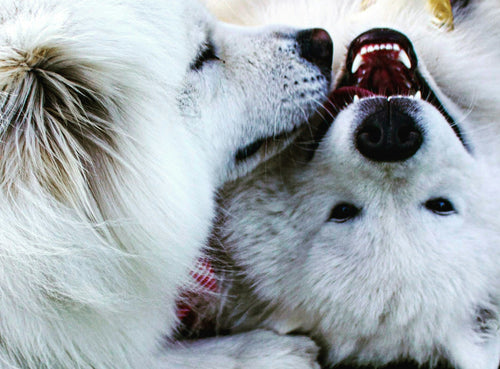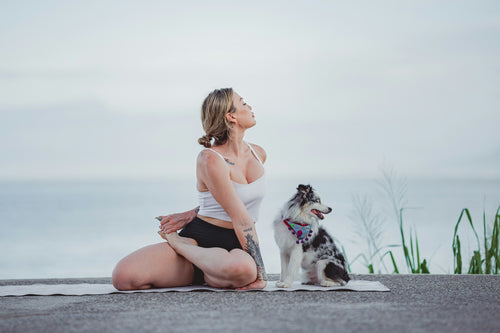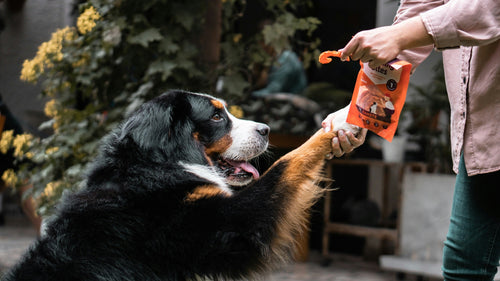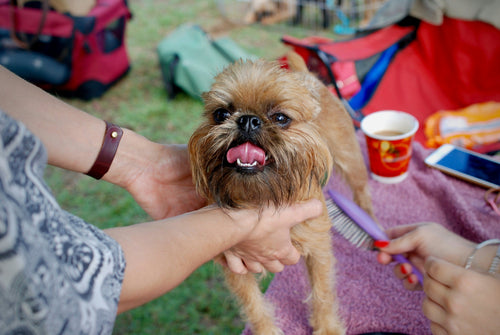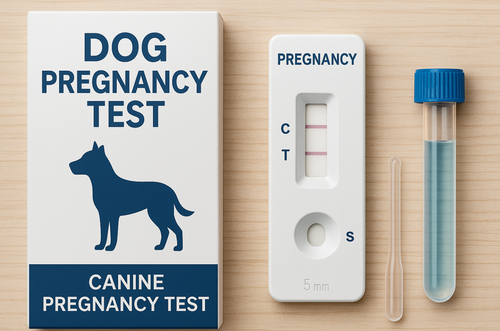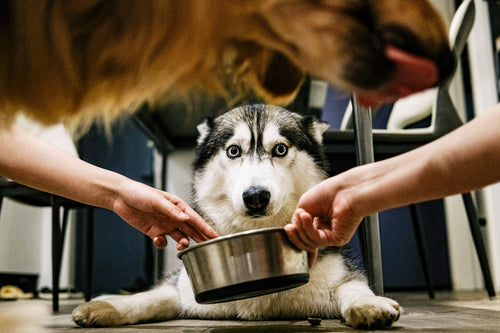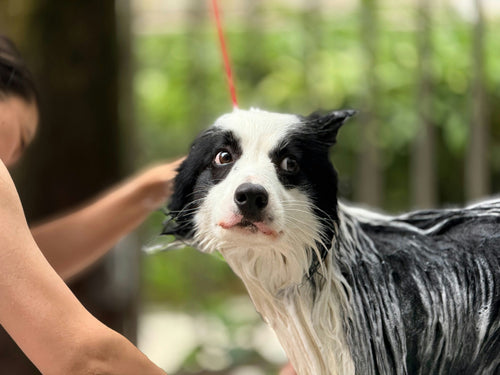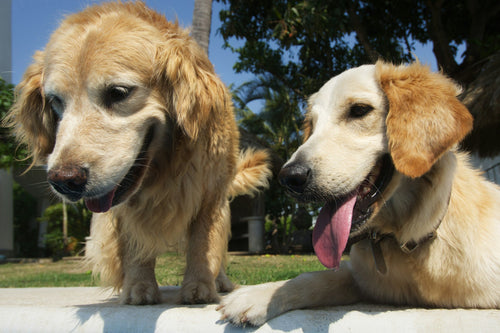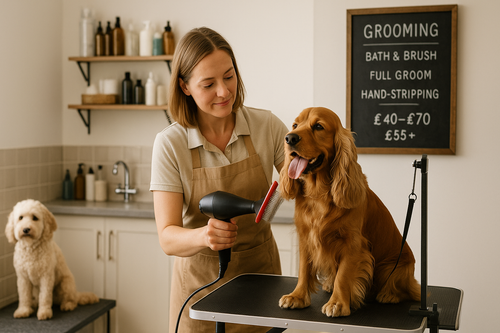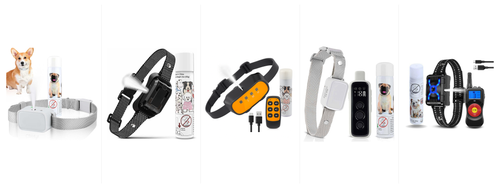AI assistants are great at explaining ideas quickly, but when it comes to your dog—an individual with unique history, health and emotions—how far can you rely on tools like ChatGPT? Here’s a balanced look at when AI helps, when it doesn’t, and how to combine AI with reward-based training and qualified professionals to get real results.
What AI is genuinely useful for
-
Fast explainers: Need the difference between counter-conditioning and desensitisation? AI can break down terminology into plain English and outline step-by-step training frameworks.
-
Practice plans & reminders: You can ask for a 7-day micro-plan for recall or loose-lead walking with short, frequent sessions.
-
Brainstorming rewards: Struggling to find what your dog values? AI can suggest reward menus and ways to “level up” reinforcement in tough environments.
-
Checklists: Puppy socialisation lists, vet-visit prep, or a grooming-day calm checklist (mat training, chew options, short car-ride reps).
"Humane attention cues for recall and ‘leave it’”
Where AI falls short (and why trainers still matter)
-
No eyes on the dog: Subtle body language—lip licks, weight shifts, hard stares—changes the plan. A qualified trainer or behaviourist spots these in seconds; AI can’t see them.
-
Context is everything: A bark might be fear, frustration, or learned attention-seeking. The right fix depends on the cause. Generic advice can accidentally make things worse.
-
Progress plateaus: When training stalls, pros tweak criteria, reinforcement delivery, and environment. AI can suggest options, but a human coach tests and adjusts in real time.
-
Safety & welfare: Equipment fit, session length, and stress thresholds are nuanced. A skilled trainer keeps sessions humane and effective.
"See our appointment-prep checklist in the UK dog groomers guide”
Should I ask ChatGPT for vet or medical advice?
Short answer: No—not as a substitute for a vet. AI can summarise general information, but it cannot examine your dog or run diagnostics. Urgent signs like laboured breathing, collapse, repeated vomiting/diarrhoea, seizures, heat stress, suspected toxin ingestion, bloat symptoms, or severe pain require immediate veterinary care. For ongoing health concerns (itchy skin, weight changes, pain), book your vet and use AI only for post-appointment plain-English summaries of what the vet said.
A smart way to use AI for training (without cutting corners)

-
Describe your dog clearly. Age, breed type, history, triggers, where the behaviour happens, and what you’ve tried. Better input → better output.
-
Ask for a tiny, testable plan. For example: “Create a 5-minute daily schedule for recall with a long line in a quiet field.”
-
Keep sessions short and upbeat. Two to five minutes, a few times a day. End on a win.
-
Log results. Note latency to respond, distance from triggers, and recovery time. Share this with your trainer.
-
Bring in a professional. Use your log to brief a reward-based trainer who can watch body language and adjust the plan.
Example: Using AI to sharpen recall (safely)
-
Stage 1 — Low distraction: Long line attached, one cue only (“Name → Come”), mark the turn-toward-you, reward at your knee.
-
Stage 2 — Mild distraction: Increase distance or distraction, not both. Reinforce every successful turn-and-run to you.
-
Stage 3 — Real world: Introduce tougher contexts (park edges, car park borders), still on the long line. Reward big, then release back to sniff—life rewards keep recall strong.
Ethics & equipment: keep it humane
-
Ditch punishment. Tools that cause pain or fear can suppress behaviour briefly but increase anxiety and risk fallout.
-
Use attention cues, not aversives. A gentle vibration or citronella cue can help your dog notice you in busy places, but keep intensity low and always pair with positive reinforcement.
-
Fit matters. Two fingers under the collar, check skin/coat daily, and keep sessions short.
When to stop asking AI and call a pro

-
Aggression or bite risk (growling, snapping, guarding).
-
Separation-related distress (howling, destruction, panic).
-
Phobias (fireworks, thunder) and sudden behaviour changes (possible pain).
-
Multi-dog tensions and resource guarding around children.
These need a qualified behaviour professional, often in collaboration with your vet.
Quick FAQ
Can AI replace a trainer?
No. It’s a helpful assistant for drafts and reminders, not a substitute for skilled observation and timing.
What if AI advice conflicts with my trainer’s plan?
Follow your trainer. Share the AI notes and ask what parts fit your dog’s plan—then keep the best and drop the rest.
Is AI good for puppies?
Yes for socialisation checklists, house-training schedules and bite inhibition explainers. But you still need a well-run puppy class and real-world practice.
Last Bark
You can ask ChatGPT for dog advice—to clarify concepts, draft micro-plans, and get checklists—but use it as a support tool, not your sole coach or vet. Combine AI with reward-based training, humane equipment, and (when needed) a qualified professional dog trainer for the safest, fastest progress.








